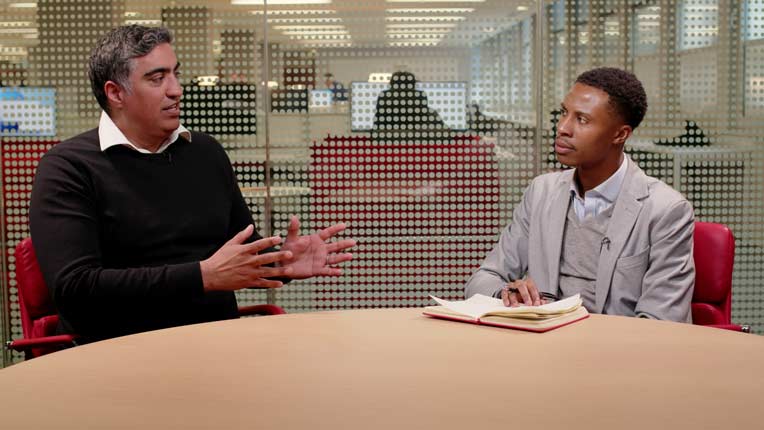In this world of increased automation and commoditisation, passive funds are expected to be ultra-cheap. So much so that there are those who argue it is only a matter of time before the funds tracking mainstream indices such as the FTSE 100 and S&P 500 are given out for free.

Over five years, you could be losing £560 on a £10,000 investment in unnecessary fees

This may sound like an exaggerated claim, but in the United States one can already buy the whole U.S. stock market for a rock-bottom annual fee of 0.03%. In the UK, fees are not quite so low, but they are not far off.
Source, an ETF provider, charges 0.05% for its S&P 500 ETF, while a UK equity index fund would cost you 0.06%.
Fierce competition and greater economies of scale have pushed fees for these particular funds close to zero, while creating pressure in the wider passive fund industry for ever lower fees.
Active managers look expensive in comparison. Many continue to charge annual fees of more than 1%, which means that they need to clear a high hurdle every year in order to generate outperformance after costs.
Some ETFs Remain Unjustifiably Expensive
While the headlines in recent years have been focused on passive providers slashing costs, investors should be aware that there is still a wide price disparity between index-tracking funds, including those available on popular investment platforms, such as Hargreaves Lansdown and AJ Bell Youinvest. Some offerings remain unjustifiably expensive.
Two of the biggest offenders are the Halifax UK FTSE 100 Index Tracking Fund and the Virgin UK Index Tracking Trust, with combined assets of £3.7 billion. They charge a mind-blowing 1% annual fee to blindly follow the ups and downs of the FTSE 100 and FTSE All Share, respectively.
Holders of these trackers are leaving more than 0.9% of performance on the table every year compared to a scenario where they would have bought the cheapest options offered by companies like BlackRock, L&G and Fidelity. Over five years, this represents a cumulative loss of £560 in unnecessary fees for anyone investing £10,000, assuming a 5% annual growth.
Less exorbitant but equally unjustifiable is the iShares S&P 500 ETF (IDUS), the fourth largest ETF in Europe with £8 billion of assets under management. This dividend-distributing fund charges an annual fee of 0.40%. While not high in absolute terms, this is very expensive relative to directly comparable options. The vast majority of S&P 500 ETFs cost now less than 0.15%.
Global ETF leader iShares enjoys vast economies of scale, but is selective in the way it shares them with investors. In fact, the firm also offers the iShares Core S&P 500 ETF (CSP1) for a much lower fee of 0.07%. The “core” fund re-invests dividends, so may not be suitable for investors seeking income. For these investors, Vanguard’s flagship S&P 500 ETF (VUSD), which charges an identical fee of 0.07%, is a good alternative.
In a similar fashion, the iShares MSCI Emerging Markets ETF (IEEM), which boasts £3.9 billion in assets, comes with a hefty price tag of 0.75%. This is three times as costly as its non-income-sharing sister; the iShares Core MSCI Emerging Markets IMI.
Do Your Homework Before Investing
The funds highlighted here are by no means the only expensive trackers currently in sale in the UK; but they certainly stand out by their size. If anything, they serve as a reminder that passive investing isn’t always low cost – even though the majority of passive funds are still cheaper than their average actively-managed equivalents.
Not all index-tracking funds are created equal, so it is crucial that investors do their homework before making a decision.
As for the investors stuck with shares of expensive trackers, they have two options. They can either sit tight in the hope that the fund company starts feeling the heat and cuts fees, or switch to cheaper alternatives. In the latter case, fund holders must weigh up the cost savings against the transactions costs they will incur by switching funds.
A version of this article appeared in Money Observer magazine



























